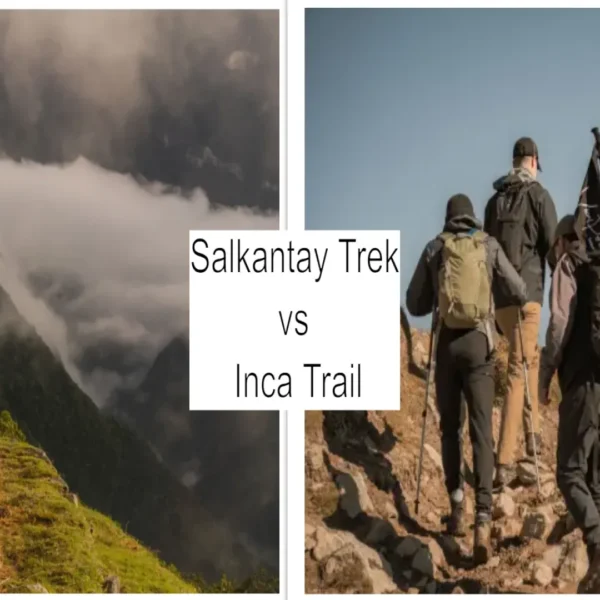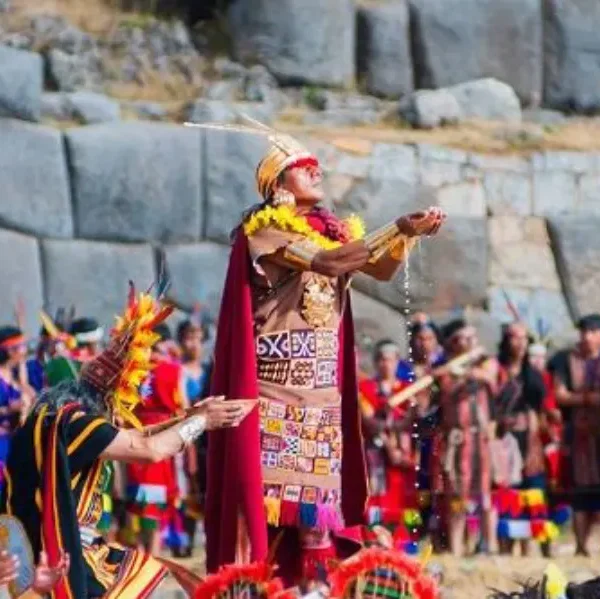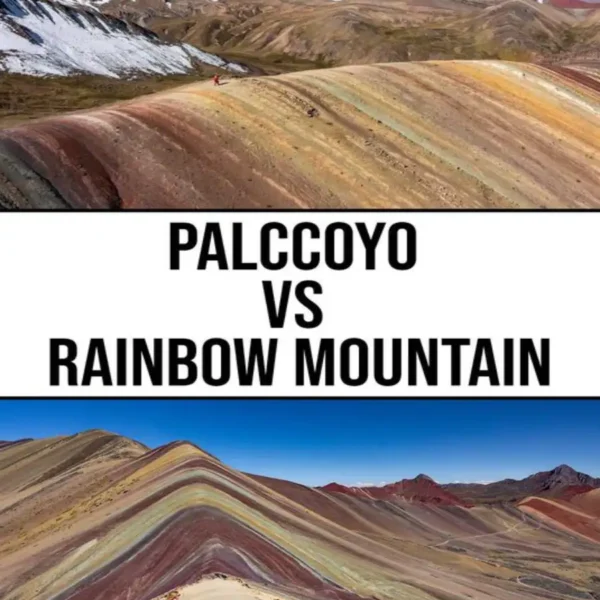Bolivia is one of those incredible destinations that you will discover…. La Paz and its magic and surroundings; the enigmatic Uyuni Salt Flats with its incredible colors’ lagoons
Bolivia tourist attractions
Bolivia is a real undiscovered gem. With so many beautiful places as one can imagine; as traditional, as popular, as enigmatic; no one can explain so many indescribable places with so many differences among them
Bolivia has such special and spectacular places to be visited and discovered; its capital, La Paz so indigenous and modern, is called “The Marvel City”. Sucre, its constitutional capital, is traditional and conservative. Santa Cruz, very cosmopolitan and legendary with the Jesuit missions that are a must, and more, much more as the Uyuni Salt Desert & Lagoons, as unimaginable as spectacular. And finally, while being one of its main attractions, the Titicaca Lake with the Sun Island. Bolivia has so much to offer
All is adventure in Bolivia – Bolivia main attractions
Uyuni Salt Flats
One of the tourist routes in Bolivia is the very well-known Salar de Uyuni. It is considered one of the most extreme and remarkable vistas in all of South America, if not Earth. Stretching more than 4,050 square miles of the Altiplano, it is the world’s largest salt flat, left behind by prehistoric lakes that evaporated long ago. Here, a thick crust of salt extends to the horizon, covered by quilted, polygonal patterns of salt rising from the ground
The area has some of the most unusual landscapes in the world including colorful lagoons, large colonies of flamingos, strange rock formations, giant volcanoes, hot springs and fumaroles. In general, the area is dominated by a volcanic landscape with remnants of solidified acid lava, fumarolic activity with sulfur gases and water vapor from the volcanoes, and magmatic activity still visible. Undoubtedly, a landscape that dates back to the time of the formation of the earth.
At certain times of the year, nearby lakes overflow and a thin layer of water transforms the flats into a stunning reflection of the sky. This beautiful and otherworldly terrain serves as a lucrative extraction site for salt and lithium—the element responsible for powering laptops, smart phones, and electric cars

Titicaca Lake
Another Bolivia trip is the Sacred Lake of the Incas. An unavoidable attraction in any tourist itinerary in Bolivia. The Island of the Sun was the cradle of the Inca Empire and the Incas believed that the sun itself was born there. The Island has many Inca sites such as the Inca Stairway, the Fountain of Youth, the Pilkokaina Palace and the Chinkana Palace with the Sacred Rock
Sucre
It is the historic capital of Bolivia. Declared by UNESCO as a World Heritage Site. Sucre’s colonial architecture is a reminder of the history, culture and traditions that have thrived in this city and have influenced a wide region of South America. To this day, all buildings in the center of the city are and should be painted white.
Near the city, there are two places worth visiting: Cal Orcko, the largest cliff of fossilized dinosaur footprints in the world, and the town of Tarabuco, the most colorful and authentic native Sunday market in Bolivia.
Potosi
It is the highest city in the world, declared a World Heritage Site by UNESCO. Due to its history and wealth, Potosi during the 18th century was one of the largest and most populated cities in the world, the city was strategically established at the bottom of a mountain that contained a huge silver reserve which provided an incalculable fortune to the Spanish Colony, although it took countless lives of indigenous slaves. This painful history can be evidenced in the ancient mines surrounding Potosí
Madidi
The best ecotourism destination in Bolivia is Madidi National Park. It covers almost 2 million hectares which comprise 6,000 glaciers, rainforests, dry forests and pampas. “It has the greatest biodiversity of any protected area on earth” (Footprint Handbook). “The best ecotourism destination in the Amazon” (Footprint Handbook).
Yungas
The Yungas is the mountainous subtropical rainforest located between the Cordillera Real of the Andes and the lowland rainforest basin of the vast Amazon. The paved road from La Paz to the Yungas shows a dramatic change of ecosystems and geographical zones. From perennial glaciers at almost 5,000 meters above sea level, to lush green hills with tropical fruits, coffee beans and coca plantations at less than a thousand meters above sea level.







